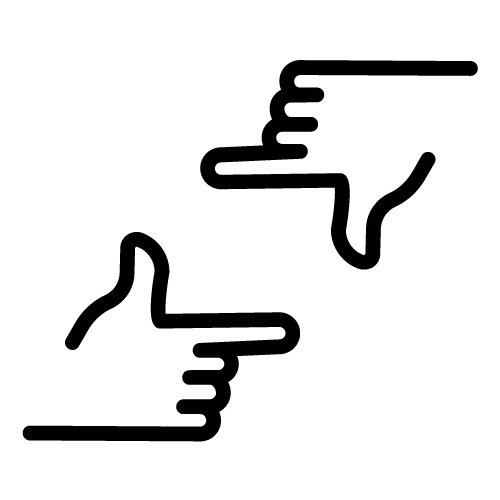How do we frame a Wicked Challenge™? How do we structure or present it in a way that enables us to engage optimally with our most important stakeholders?
A famous story dating to around 500 BCE indicates how challenging such framing can be[34]. The story is generally referenced as The Blind Men and the Elephant. John Godfrey Saxe wrote a poem that clearly illustrates framing challenges that encompass all key stakeholders. Space constraints prevent us from publishing the entire poem here, but three verses give us a flavour:
It was six men of Indostan
To learning much inclined,
Who went to see the Elephant
(Though all of them were blind),
That each by observation
Might satisfy his mind …
And so these men of Indostan
Disputed loud and long,
Each in his own opinion
Exceeding stiff and strong,
Though each was partly in the right,
And all were in the wrong!
MORAL
So, oft in theologic wars
The disputants, I ween,
Rail on in utter ignorance
Of what each other mean,
And prate about an Elephant
Not one of them has seen!
Our challenge, then, is to find a way of framing our situation so that our essential stakeholders engage and develop shared meanings for crucial terms and concepts. Furthermore, they are clear about their role in the effort; have a shared understanding of the background to the project and what the issues are; and embrace a shared commitment on the path to embark on, to reach our objectives and achieve success.

Of all the issues that stand in the way of resolving Wicked Challenges™, effective stakeholder engagement is the most likely to appear intractable – both within an organisation and at its interface with the external environment. It can be argued that the extent of the discord and disconnect amongst stakeholders will largely determine whether a challenge is tame or wicked.
To avoid overwhelm when faced with a Wicked Challenge™, we will avoid adding to the lack of clarity that has evolved around Wicked Problems. Working within the organisational boundary, we take the opportunity to define the criteria more clearly. This enables you, as a key stakeholder in the organisation, to positively identify a true Wicked Challenge™ and resolve it.
We propose that a single Wicked Challenge™ is identified and addressed – one that meets the defined criteria. This enhances the likelihood that we will categorise problems correctly as either tame or wicked.
There is a ‘spiky axis’ of tameness and wickedness in practice, which will vary over time. Therefore, agreeing on a framing involving multiple iterations of activity is essential to maintain a level of flexibility (see ITer-IT!).
Building upon that, with regard to resourcing, there is a ‘gliding scale of wickedness’ that can be seen below with tame problems on the left – of which there may be several related to one Wicked Challenge™ – with the Wicked Challenge™ ‘zone’ in the middle, split between those activities that we can resource and those that we cannot (see Resource IT). To complete the scale, to the right are Wicked Problems that fall outside the organisational boundary.
Time to see your trickiest challenges in an innovative new way! In this paper, we identify a different kind of challenge that could be inhibiting or worse risking your whole organisation. We describe it's Essential and Supplementary Elements and provide a Six IT approach to resolving it.